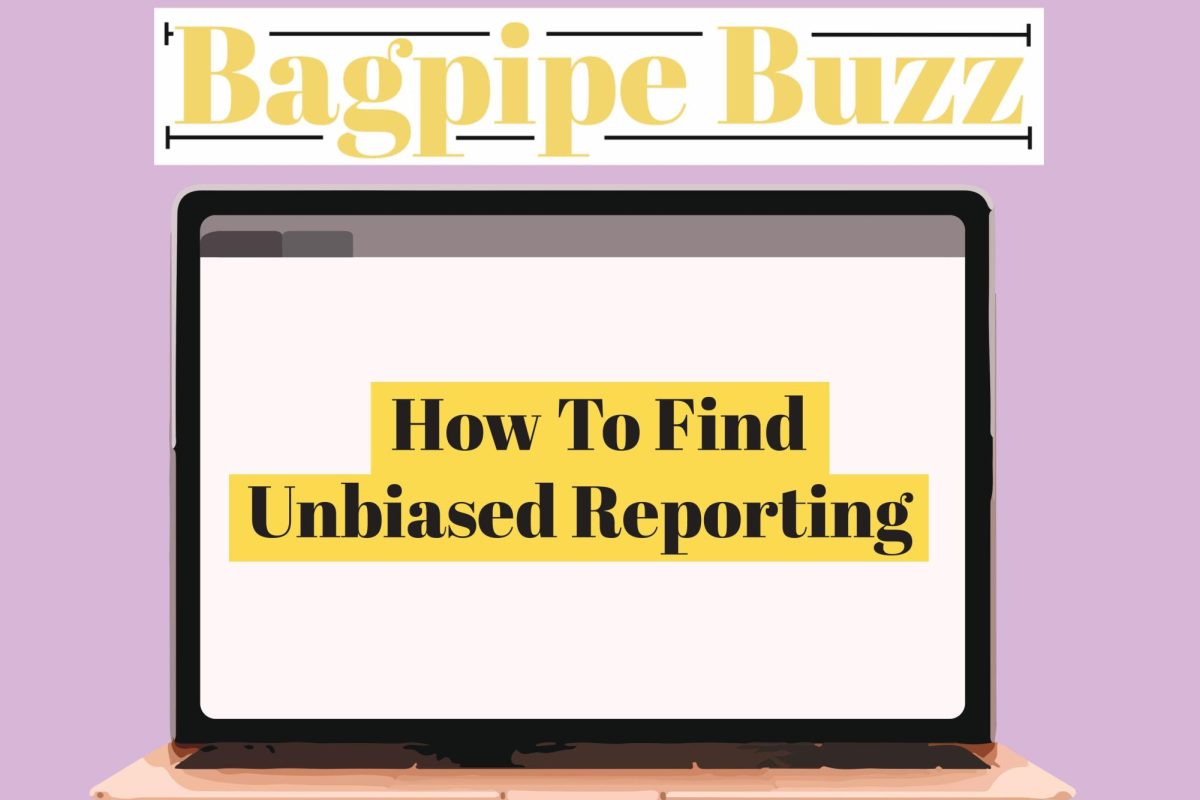One day in school when talking to my friends, I heard stories about a violent Venezuelan gang attacking people in Preston center. I saw an elaborate story on someone’s phone about a woman who was tied up and restrained by the gang.
After hearing and seeing these stories, I assumed they were true. This instilled a personal fear in me and in turn, I stopped going to Preston Center. I did no personal research about the topic and I also began to spread the news around myself, telling my family and other friends this information. I saw the news about the gang on national television and was shocked that something like this could be happening so close to my home.
A few weeks later, the whole situation got debunked and it turned out to be a woman who wanted to instill fear in others to create panic regarding the election season on the topic of immigration. Other issues and conspiracies like this have cropped up over social media, leading me to believe that everybody needs to ensure they are using unbiased and credible sources to stay informed the best they can.
Identify reputable sources:
When you scroll online, you get all types of information from multiple sites and sources from all over the world. When looking for news to trust, I recommend looking for well-known news sites such as the New York Times, NPR, and The Guardian. Though those are only a few of the possible sources that are trustworthy, those are good go-to’s. Untrustworthy sites might look like News.com or Infowars.com. Notice how you have probably never heard of them and therefore couldn’t fully put trust in them. Also if you were to click on the news sites, you would probably get a bunch of pop-ups and more untrue-stories. If you have to second guess if it is real, it probably isn’t.
Check for transparency:
If you are on a website, it’s good to check the sources they cite. Look for articles that reference primary sources, such as official documents, interviews, or studies. Reliable journalism normally includes direct quotes and data, allowing you to verify the information independently. It’s good to click on the links provided in articles to see if the referenced material supports the claims made.
Cross Reference Information:
When looking at a news story, check how it’s reported across multiple reputable sources. If those news outlets report similar details, it increases the story’s credibility. Also if a story is only reported by one outlet, especially one that is not well known, approach it carefully. It could be a fake story or be a twisted version of it.
Watch for Bias:
When you are looking at articles, look for the political leanings of different news sites. News sites such as MSNBC are more left leaning while Fox news is right leaning. Being aware before viewing the news biases helps to interpret the type of news you are getting. Websites like AllSides or Ad Fontes Media can help figure out the bias of news outlets if you are unsure. Those websites can give clear summaries of the political leanings. These are very helpful tools and political leanings of an article can completely change the story.
Engage in Diverse Opinions:
When viewing news stories it helps to look at multiple different sides and political opinions about the issue. Exploring articles and commentary from liberal. Conservative, moderate, and independent perspectives can help to identify a common ground and the areas of disagreement. It can also be beneficial to identify and follow commentators, analysts, and experts from different backgrounds. Social media is a great way to look at varied sources in a brief format.
In today’s political strife, it becomes easier and easier to find false stories on the internet and hear about rumors and untrue things everyday. With these few helpful tips, it can make navigating it all a little easier and a little more trusting.





